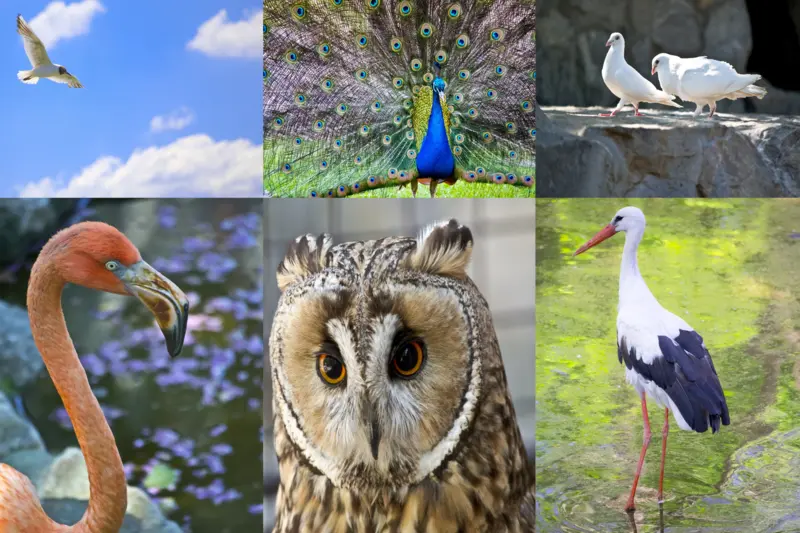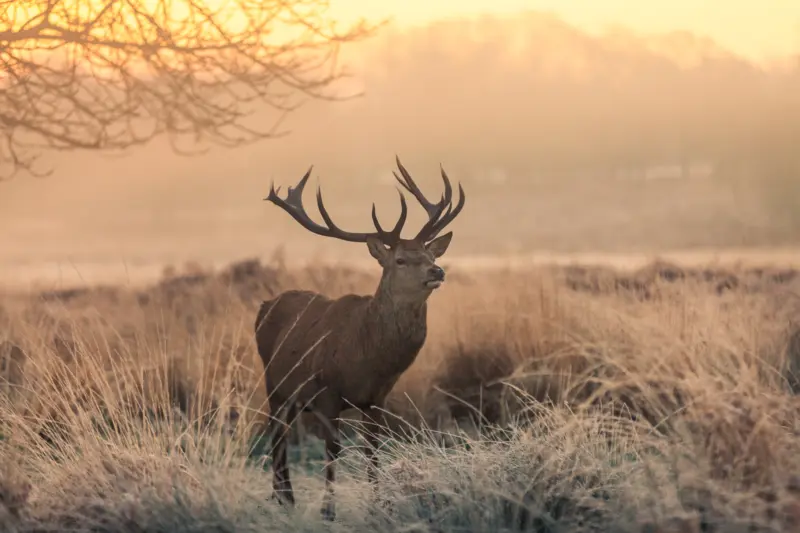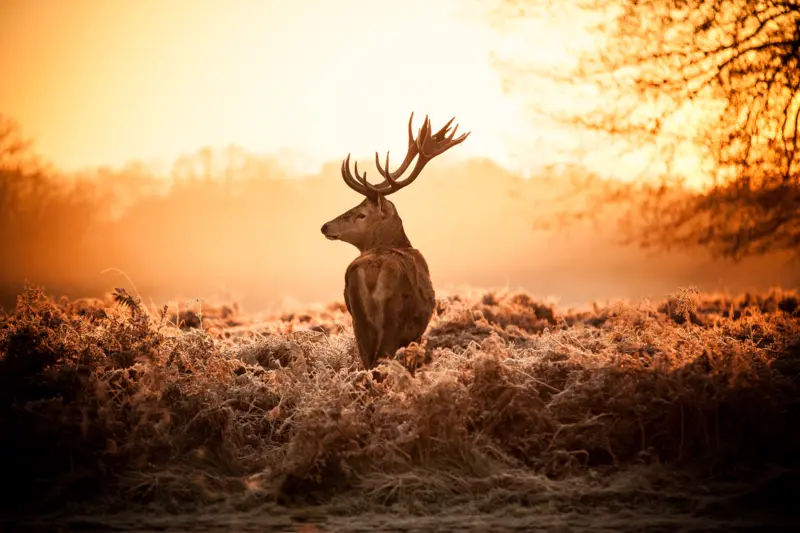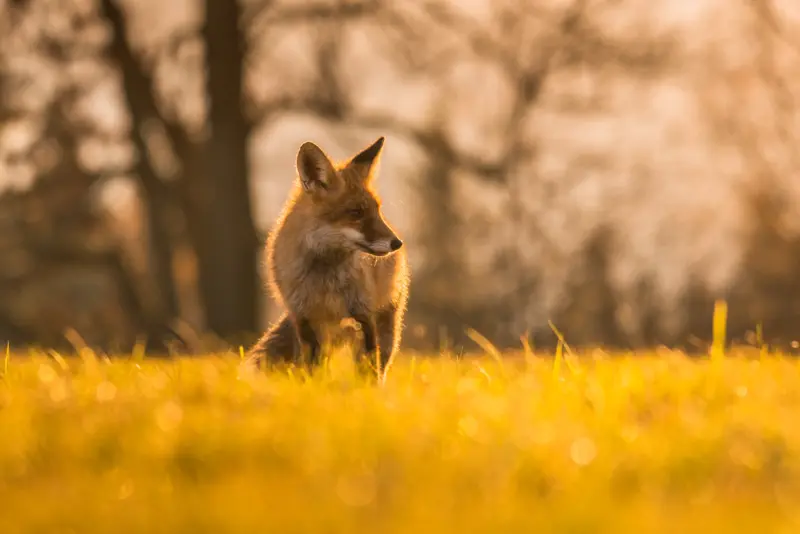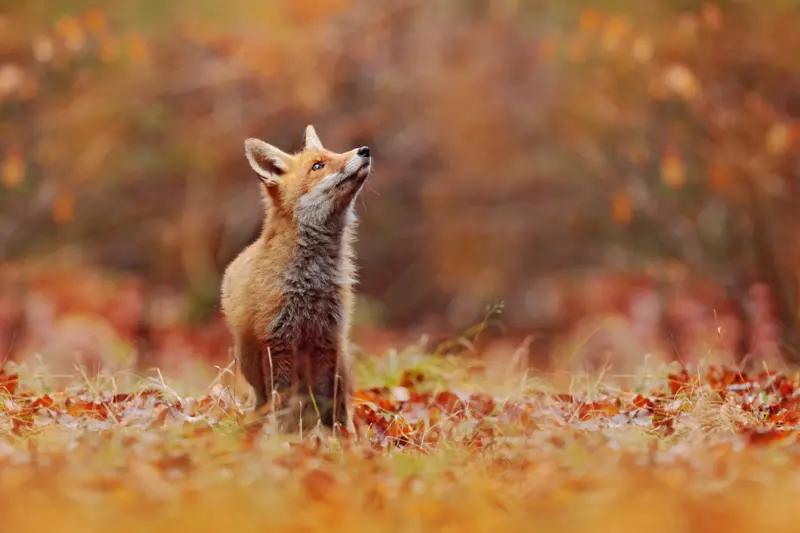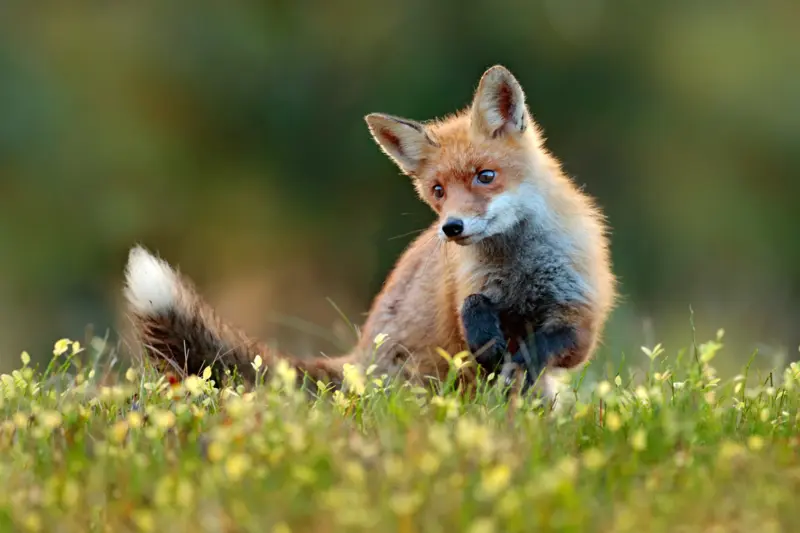Capturing the Wild:
A Glimpse into Nature Through Wildlife Photography
Wildlife photography is an art form that transcends mere documentation. It’s a window into the hidden world of animals, a captivating dance between patience, skill, and a deep appreciation for the natural world. Unlike traditional photography, where the subject often cooperates, wildlife photography demands a unique blend of technical expertise, ecological understanding, and a healthy dose of respect for the creatures in their natural habitat. It’s a journey that requires patience and dedication, inspiring and motivating those who embark on it.
The essence of wildlife photography lies in capturing the nature of an animal’s behavior. It’s about freezing a fleeting moment of a lioness stalking her prey, the playful interaction between a mother elephant and her calf, or the intricate dance of a hummingbird sipping nectar from a flower. These photographs offer a glimpse into the private lives of animals, revealing their emotions, survival instincts, and the delicate balance of the ecosystem they inhabit.
Ethical considerations are paramount in wildlife photography. Photographers must prioritize the well-being of the animals and their habitats above getting the perfect shot. This means maintaining a respectful distance, avoiding actions that could stress or harm the animals, and adhering to guidelines and regulations set by conservation authorities. Ethical wildlife photography aims to minimize human impact and promote the protection of wildlife and their ecosystems. This emphasis on responsibility and respect makes the audience feel more connected to the subject and the environment.
Beyond technical expertise, a foundational understanding of animal behavior is essential. Knowing an animal’s habitat, feeding habits, and daily routines allows photographers to anticipate their movements and position themselves for optimal shots. This knowledge also fosters respect for the animals, ensuring photographers minimize their impact on the environment and prioritize the well-being of their subjects.
Technical mastery is paramount in wildlife photography. Telephoto lenses become essential tools, allowing photographers to bridge the gap between themselves and their subjects without disturbing their natural behavior. Understanding shutter speeds, aperture settings, and lighting conditions is crucial for capturing sharp, well-exposed images in unpredictable environments. Patience becomes a virtue, as hours may be spent waiting for the perfect shot, and sometimes, the most captivating moments unfold in a split second.
Light is another critical element in wildlife photography. Natural light can dramatically affect the mood and quality of a photograph. Wildlife photographers often prefer to shoot during the golden hours of dawn and dusk when the light is soft and warm. These times of day not only provide ideal lighting conditions but also coincide with periods of increased animal activity. Understanding how to use light to enhance the subject and the scene is a fundamental skill in this genre.
The impact of wildlife photography extends beyond its artistic and aesthetic value. It plays a significant role in conservation efforts by bringing attention to endangered species and threatened habitats. Iconic images of wildlife can inspire action and support conservation initiatives, helping raise funds and awareness. Many wildlife photographers collaborate with environmental organizations, contributing their work to campaigns and educational programs highlighting the urgency of wildlife conservation. This involvement empowers photographers and their audience, making them feel part of a greater cause.
Wildlife photography is a demanding yet immensely rewarding genre that combines technical expertise, artistic vision, and a deep respect for nature. By capturing and sharing these moments, wildlife photographers not only create stunning visual art but also inspire others to appreciate and protect the natural world. As technology advances and conservation awareness grows, the impact and importance of wildlife photography will continue to rise, making it an increasingly powerful tool in the fight for wildlife conservation.
